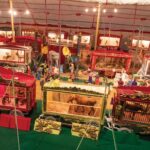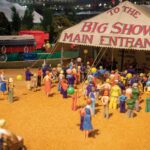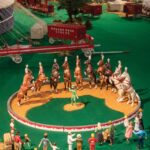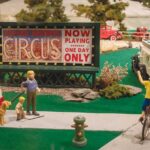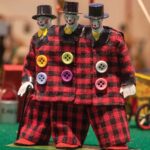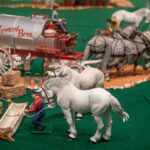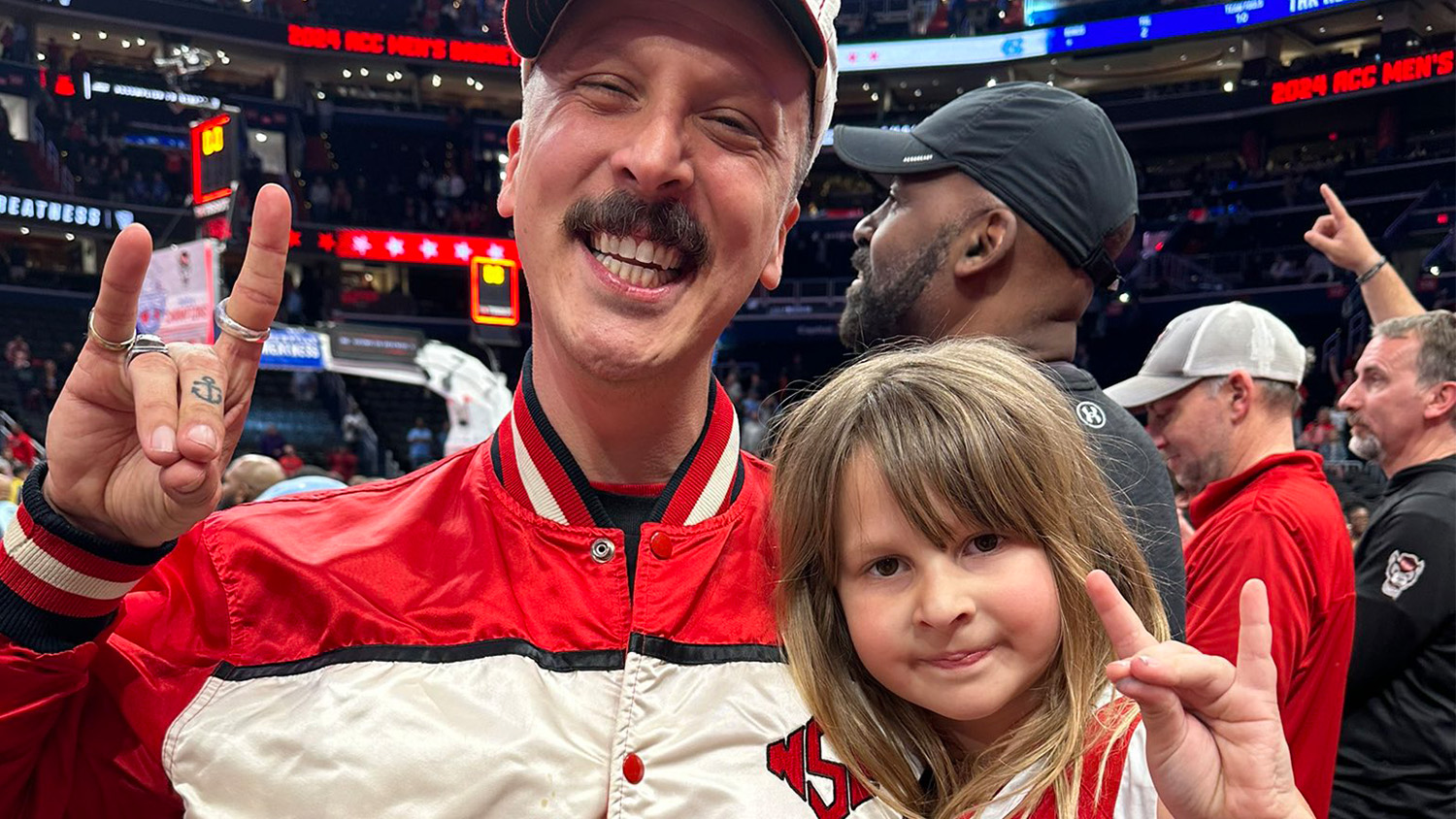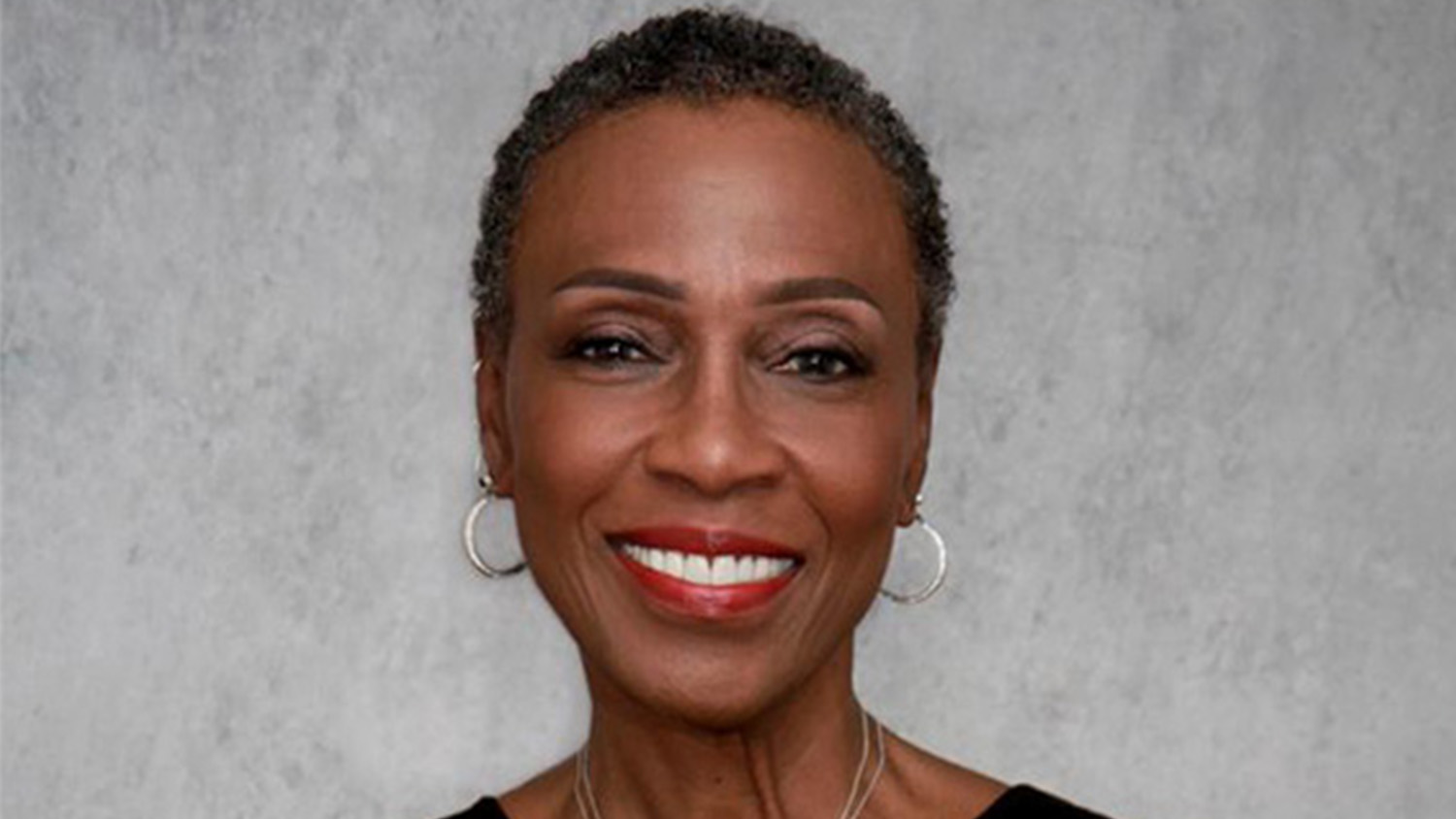Under The Not So Big Top
His massive miniature circus is a labor of love for Howard Tibbals ’59. Photography by Alex Mcknight.
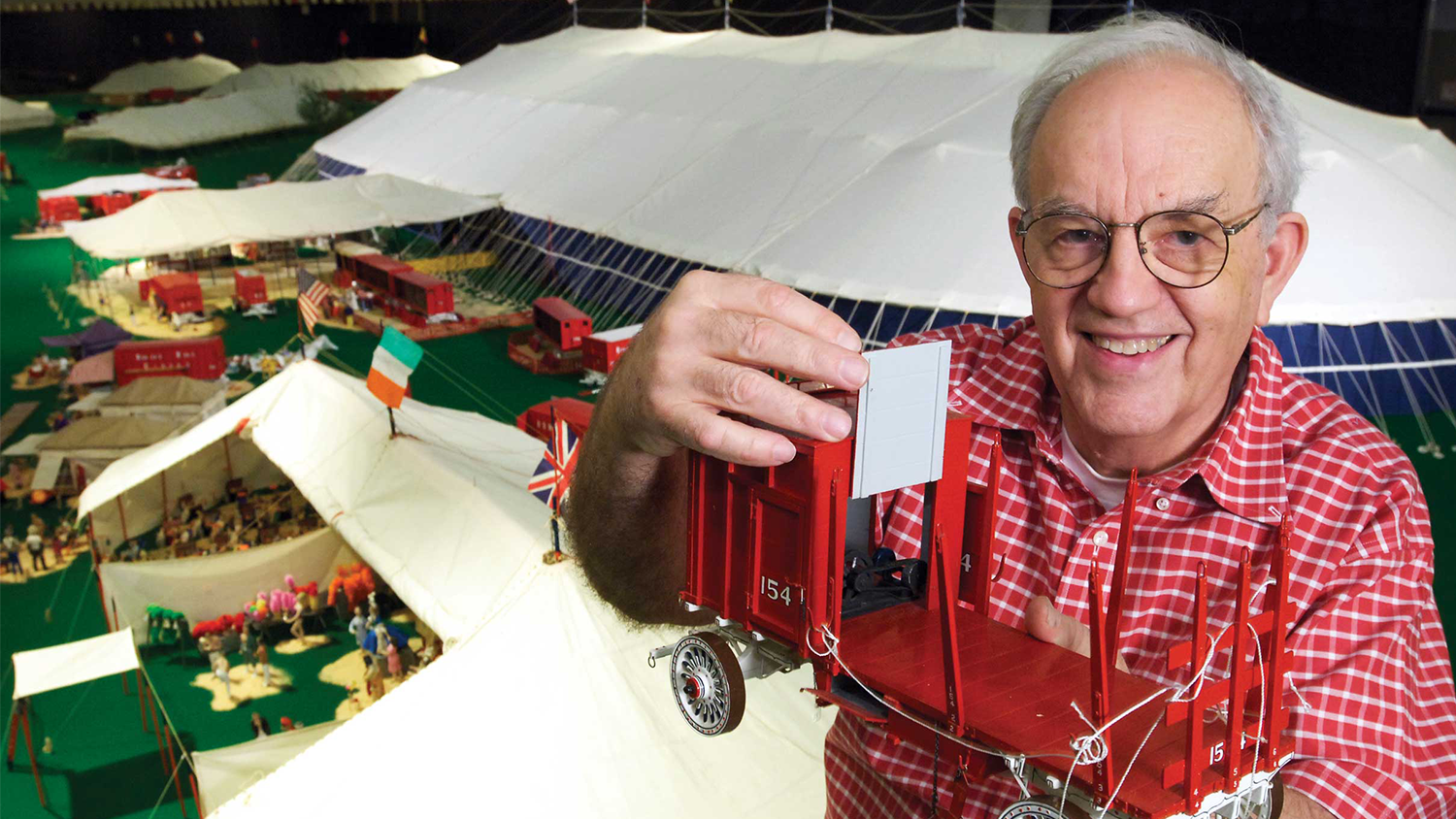
By Stacey Altherr
Editor’s Note: Howard Tibbals ’59 died on March 20, 2022, after this story appeared in NC State magazine. He was 86 years old.
Sarasota, Fla. — The Greatest Show on Earth may be gone, but thanks to Howard Tibbals ’59, it lives in perpetuity — in three-quarter-inch scale.
Spread out over 3,800 square feet, Tibbals’ creation — the largest miniature circus replica in the world — features more than 45,000 pieces that faithfully depict circus life from the era 1919 to 1938. There are tiny train cars, covered wagons, animals and performers — and thousands of folding chairs. Under the four-foot-high big top are track-motion circus animals and high-wire acts on rotating poles. Tibbals even put himself and his wife, Janice, on the circus grounds.
Part of the charm is not just what goes on under the tent, but behind the scenes.
Part of the charm is not just what goes on under the tent, but behind the scenes. There’s a dining tent, troughs to water the horses, a backstage area where performers put on make-up and costumes, and even a first-aid tent.
Tibbals, 85, spent decades creating the circus. Today it is housed in the Tibbals Learning Center on the grounds of The Ringling Museum in Sarasota, Fla. The museum is the former home of John Ringling, one of the original founders of the Ringling Bros. and Barnum & Bailey Circus, and the memorabilia is administered by Florida State University. The center, built with a $6.5 million donation from Tibbals, opened in 2006.
Explore the Exhibit
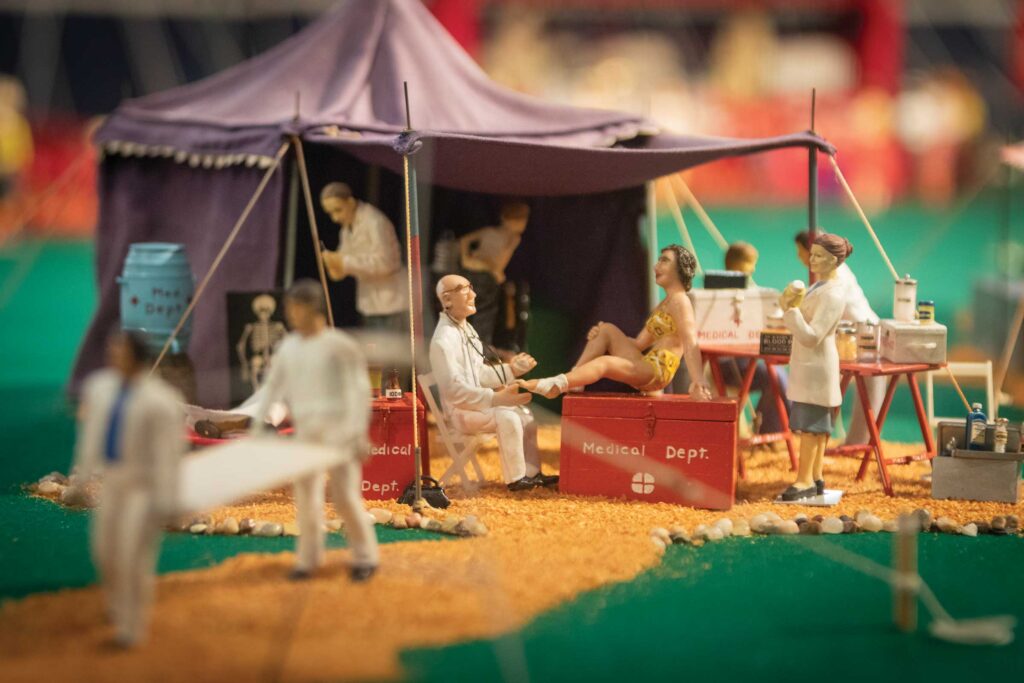
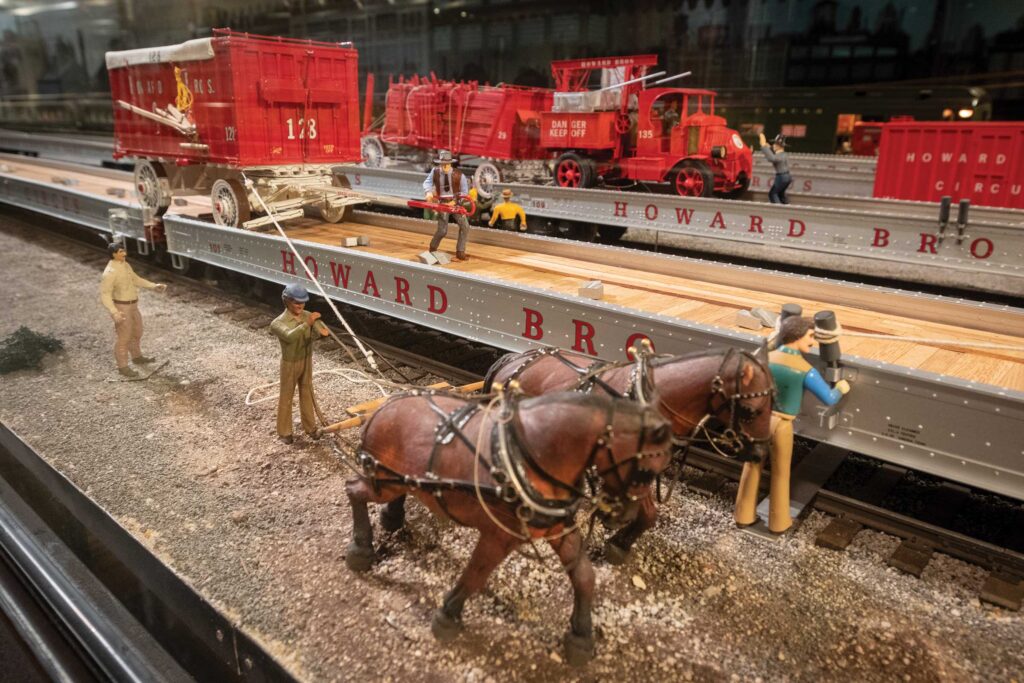
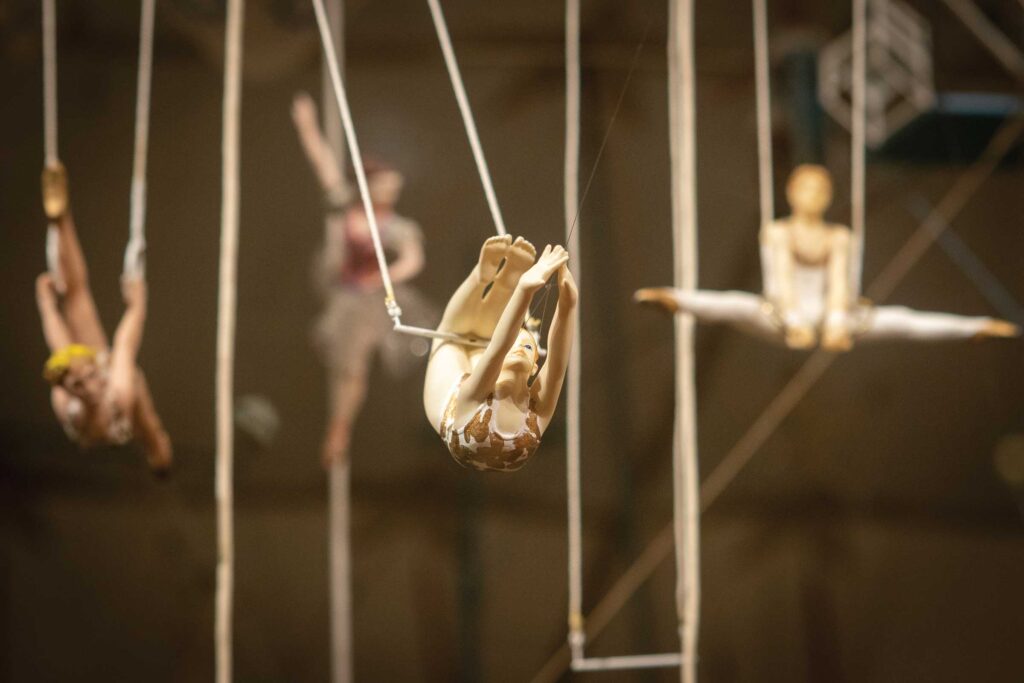
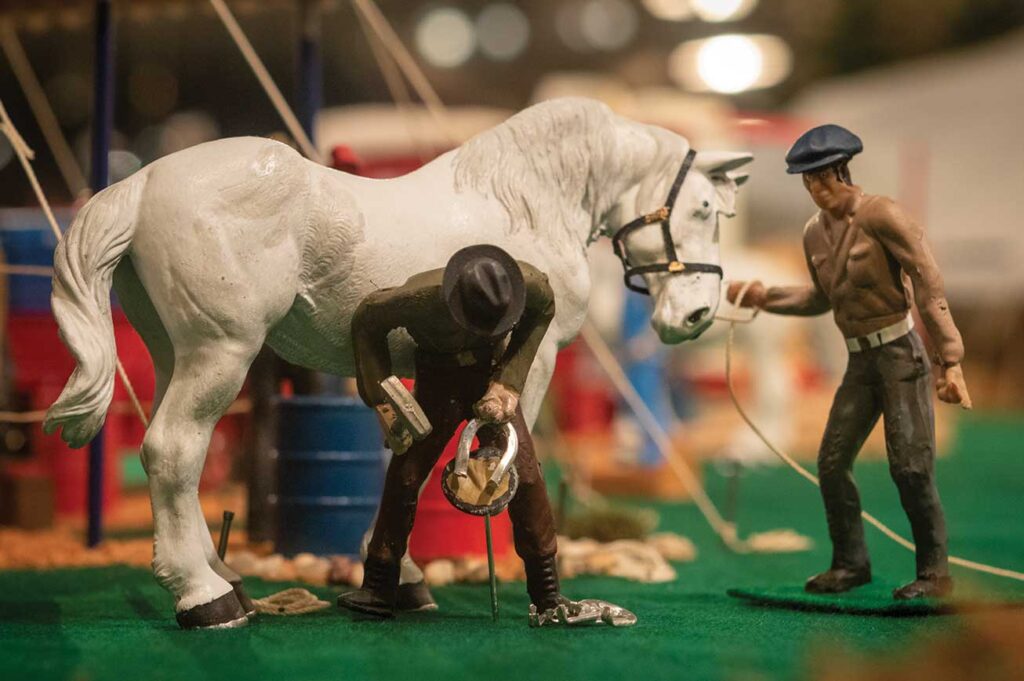
Thousands of visitors come every year to see the display, which is so large it even has an overhead viewing platform. Authentic circus music is piped in to complete the ambiance.
Tibbals, of Knoxville, Tenn., has said he was inspired by his fascination with the circus when he was a child. In an interview with NC State magazine in 2006, he said he used his wife’s sewing machine to make his first big top tent out of canvas while he was still a student. Over the years, he collected thousands of archival materials, from blueprints to photographs and posters to make sure everything was historically accurate.
As a natural resources and wood technology major, it seems fitting that Tibbals, a retired floor covering executive, would carve the small figures. But Tibbals knew he would not be able to finish them all himself, so he hired artists to replicate some of the figures from photos. Some figures are carved wood and some polymer clay and cast resin. In some cases he purchased correctly sized figurines and made alterations.
Sideshow
Take a closer look a Tibbals’ tiny circus, scaled at 3/4 inch to 1 foot inside 3,800 square feet.
45,000
individual pieces.
900
dishes to serve circus workers.
7,000
folding chairs.
1,500
circus performers.
500
circus animals.
152
circus wagons.
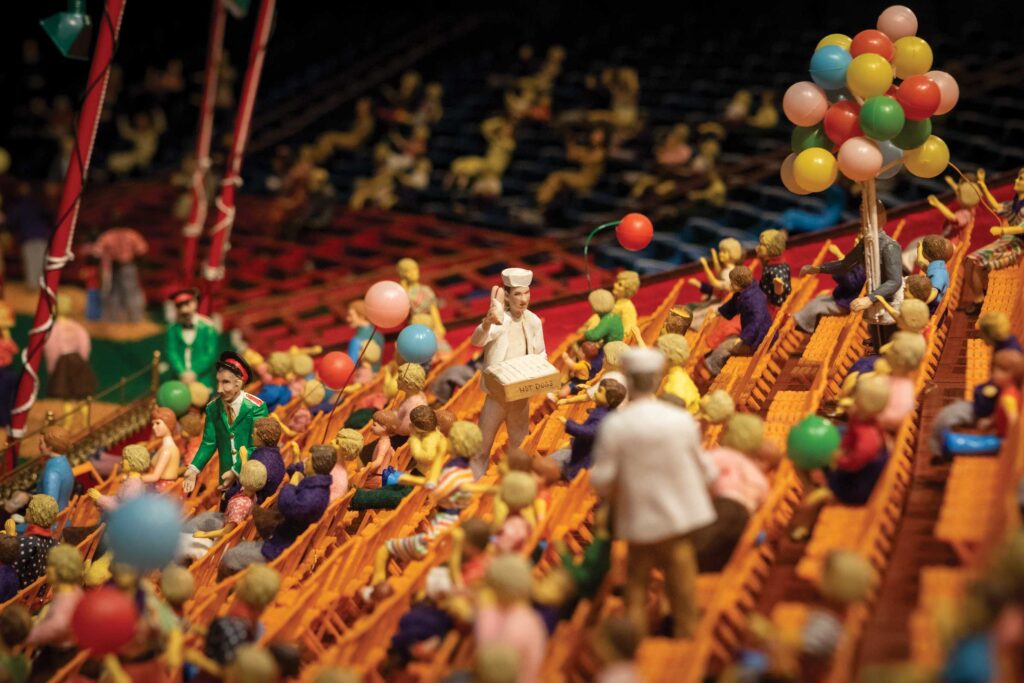
Despite its reproduction of the Ringling Bros. and Barnum & Bailey Circus, Tibbals had to name it the “Howard Bros. Circus” when the circus organization refused to lend its name to the model.
“Howard often said he was happy they refused, because it was easier to label the small pieces ‘Howard Bros. Circus’ instead of the longer name of the original circus,” says Virginia Harshman, marketing executive at the museum. “He was never in the circus, but he loved the logistics.”
- Categories:
